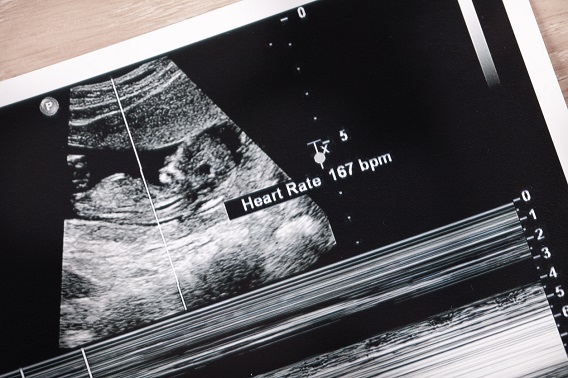Can Asbestos Pose Health Risks to Unborn Children?
Health & WellnessWritten by Travis Rodgers | Edited By Walter Pacheco

While asbestos is a known cause for adult diseases such as mesothelioma, could the toxic mineral affect a fetus?
Reports from the Centers for Disease Control and Prevention explain that lead and mercury are the most harmful chemical elements for a fetus because they can travel in the mother’s blood and contaminate the placenta.
Unlike lead and mercury, asbestos most often enters the body through the eyes, nose or throat, making asbestos exposure unlikely for a fetus, according to the California Department of Public Health.
UK government agency Public Health England agrees: “Several experimental studies have suggested that asbestos does not cause adverse pregnancy outcomes or birth defects.”
Reports from the Agency for Toxic Substances and Disease Registry also show “results of animal studies do not indicate that exposure to asbestos is likely to result in birth defects.”
Breastfeeding and Indirect Asbestos Exposure
Asbestos is also unlikely to contaminate breast milk, according to the CDC. The only way that could happen is if asbestos fibers enter the bloodstream and travel into the mammary glands. If that does happen, experts say the quantity of fibers would be too small to present a serious exposure risk.
Secondhand exposure would be more likely if the mother was recently exposed to asbestos directly or indirectly, and she carried the toxic fibers on her skin, clothing or hair. If so, the infant could inhale or ingest those asbestos fibers.
While asbestos exposure may not directly affect an unborn child, it’s still important that expectant mothers avoid all asbestos exposure. If the mother develops an asbestos-related disease, that health issue may affect the physical condition of the fetus.
A pregnant woman with breathing difficulties caused by mesothelioma or another asbestos-related disease may not be receiving enough oxygen, which could impede the baby’s development. Also, if the expectant mother develops gastric or abdominal tumors as a result of asbestos exposure, those growths can consume important nutrients needed by the fetus.
Rare Cases of Asbestos in Stillborn Infants
A report published in the journal Cancer Epidemiology, Biomarkers & Prevention showed that the lungs and ovaries of nearly 3,000 women and girls from the asbestos-contaminated Western Australian town of Wittenoom contained asbestos fibers.
Researchers said the toxic mineral was also discovered in the placental digests of both live and stillborn infants.
Many of Wittenoom’s residents died of mesothelioma and other asbestos-related diseases stemming from the asbestos exposure from the town’s asbestos mine.
The Wittenoom mine was responsible for shipping more than 165,000 tons of asbestos from 1943 to 1966, which is when the mine closed. Western Australian government officials evacuated the final residents in late 2022.






